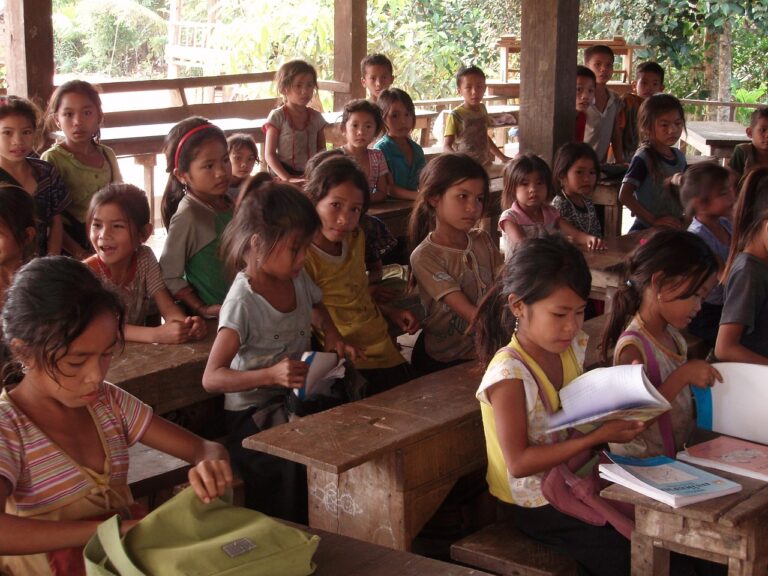Leveraging Place-Based Education for Community Engagement
Engaging students in place-based education fosters a sense of belonging and connection to their local community. By immersing learners in real-world experiences within their own neighborhoods and environments, they can develop a deeper appreciation for the people, history, and natural surroundings that make up their community. This hands-on approach to learning not only enhances academic knowledge but also instills a sense of pride and responsibility in students towards caring for and improving their surroundings.
Through place-based education, students have the opportunity to collaborate with local organizations, experts, and community members to address real-life challenges and create meaningful impact. This collaborative process not only enriches their educational experience but also strengthens the fabric of the community by fostering relationships and partnerships that benefit all involved. By connecting classroom learning to the real world, students can see the relevance and importance of their studies in a tangible way, empowering them to become active, engaged citizens within their community.
Understanding the Benefits of Place-Based Learning for Local Communities
Place-based learning offers numerous advantages for local communities. By connecting educational experiences to the places where students live and the local environment they encounter daily, this approach fosters a deep sense of belonging and connection. This connection encourages students to appreciate and care for their surroundings, leading to a greater sense of responsibility towards their community.
Furthermore, place-based learning enhances the relevance of education by making it more meaningful and applicable to students’ lives. By immersing learners in real-world experiences and issues within their community, this educational approach helps them develop critical thinking skills, problem-solving abilities, and a deeper understanding of the interconnectedness of their environment. As a result, students are better equipped to address local challenges and become active participants in creating positive change within their communities.
What is place-based learning?
Place-based learning is an educational approach that connects learning to local environments, communities, and cultures.
How does place-based learning benefit local communities?
Place-based learning helps communities develop a sense of identity, pride, and stewardship for their environment. It also promotes community engagement and collaboration.
How does place-based learning enhance student learning?
Place-based learning makes learning more relevant and engaging for students by connecting classroom content to real-world issues and experiences in their local community.
Can place-based learning be integrated into existing curriculum?
Yes, place-based learning can be integrated into existing curriculum by incorporating local examples, field trips, and community projects that align with learning objectives.
How can teachers implement place-based learning in their classrooms?
Teachers can implement place-based learning by designing lessons that explore local issues, inviting guest speakers from the community, and organizing field trips to nearby landmarks or natural areas.





